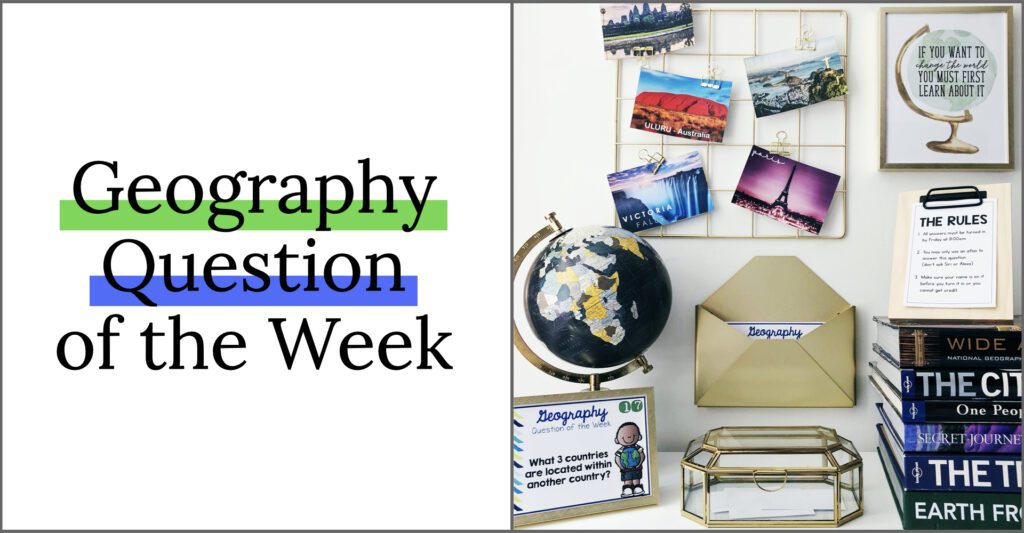
Teaching world geography is a passion, and something that I feel strongly needs to be incorporated into every classroom, whether it’s part of your curriculum or not.
A quote hangs on the walls in my classroom: “If you want to change the world, you must first learn about it.”
I remember the day my father bought me a placemat for the kitchen table. On one side it had a map of the United States, and on the other was a map of the world. (You know which one I’m talking about!)
I studied it relentlessly. Sometimes at dinner, my father would have me cover up the map and answer a series of questions. They were usually pretty hard, but I loved it! “Starting with Venezuela, go counterclockwise around the border of South America listing the country names, and then tell me which countries are landlocked.” This became our little routine at the dinner table, and I made sure to know my map well enough to get them right (most of the time!).
My father also introduced me to my first atlas. It was almost bigger than me, but that didn’t stop me from flipping through its pages to study the countries, their capitals, and the rivers that ran through them. As I got older, I started to connect photographs in newspapers and in books to the maps in my mind.
If it weren’t for my father and our shared love of geography, I don’t know if I would have developed such a strong interest in the world outside of my hometown. I don’t know if I would have had the desire to go experience the world for myself. Without those experiences, I don’t know if I would be me.

So, what does this have to do with teaching? Well, as our schedules become more and more regimented, and our content areas integrated into our literacy and math blocks, it can be hard to find time to expose our students to the world outside of our classrooms. That is why I started our routine, Geography Question of the Week. I started this activity eleven years ago when I was student teaching in third grade. Since then, it has taken many forms, but the intention is the same: Get kids excited to learn about the world so they can be informed enough to change it!
It doesn’t take much time or space to set up at all.
GETTING THE GEOGRAPHY QUESTIONS STARTED:
I created a series of 40 questions (yes, the answers are included!) so you can ask a new question every week. For years I set this up on an extra student desk in my classroom. I don’t have desks anymore, I now use a corner of a bookshelf, and use the wall behind it to display some extra travel decor.

THE ESSENTIALSOF GEOGRAPHY QUESTION OF THE WEEK:
- A frame where you can slide swap the geography question of the week in and out easily (I print my questions at 85% to fit a 5×7 frame)
- Atlases that cover U.S. and world geography
- An box for students to submit their answers
- A display of the rules

THE EXTRAS OF GEOGRAPHY QUESTION OF THE WEEK:
- Quotes encouraging students to learn about the world
- Postcards showing different places from around the world
- An up-to-date globe
- Photocopies of answer sheets if you want submissions to be more streamlined (included in the resource)
- Holder for weekly questions while not in use
- Stack of additional books showing engaging photographs from around the world
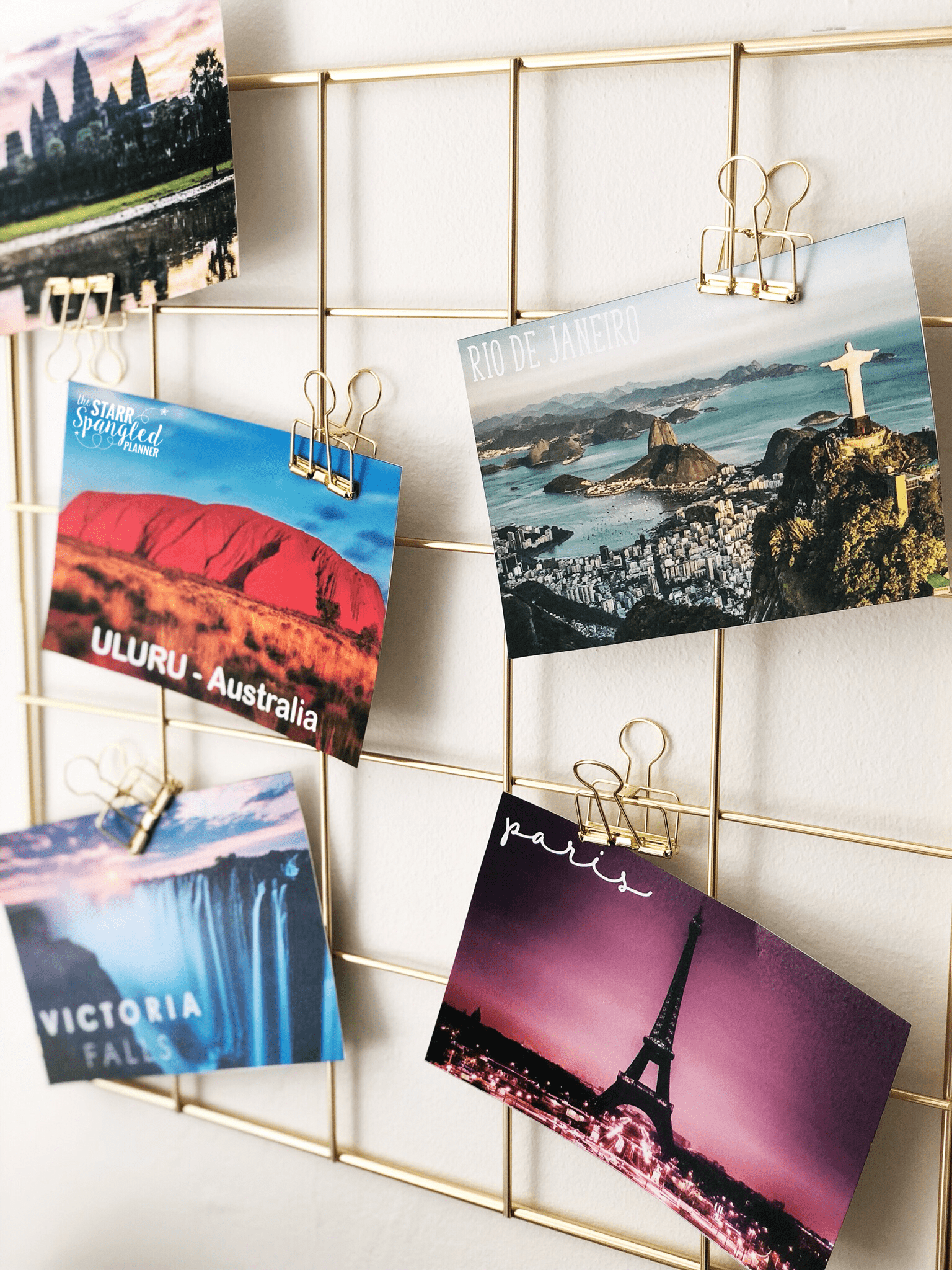
THE RULES OF GEOGRAPHY QUESTION OF THE WEEK:
- All answers must be submitted by 8:00a.m. on Friday morning.
- Do not ask Google, Siri or Alexa
- You must include your name on your answer to receive credit

THE ROUTINE OF GEOGRAPHY QUESTION OF THE WEEK:
I introduce the new question on Fridays just before dismissal. I include their question in our weekly newsletter that goes home on Fridays too, since they are hard to remember. If you have a classroom website, or other forms of communication, it is a great way to get families involved.
I let students research their answers at home, or during any down time they might have in the classroom (e.g. if they finish their work early or we have indoor recess). All answers must be in by the following Friday morning. No student is forced to participate, but it is amazing how many do!
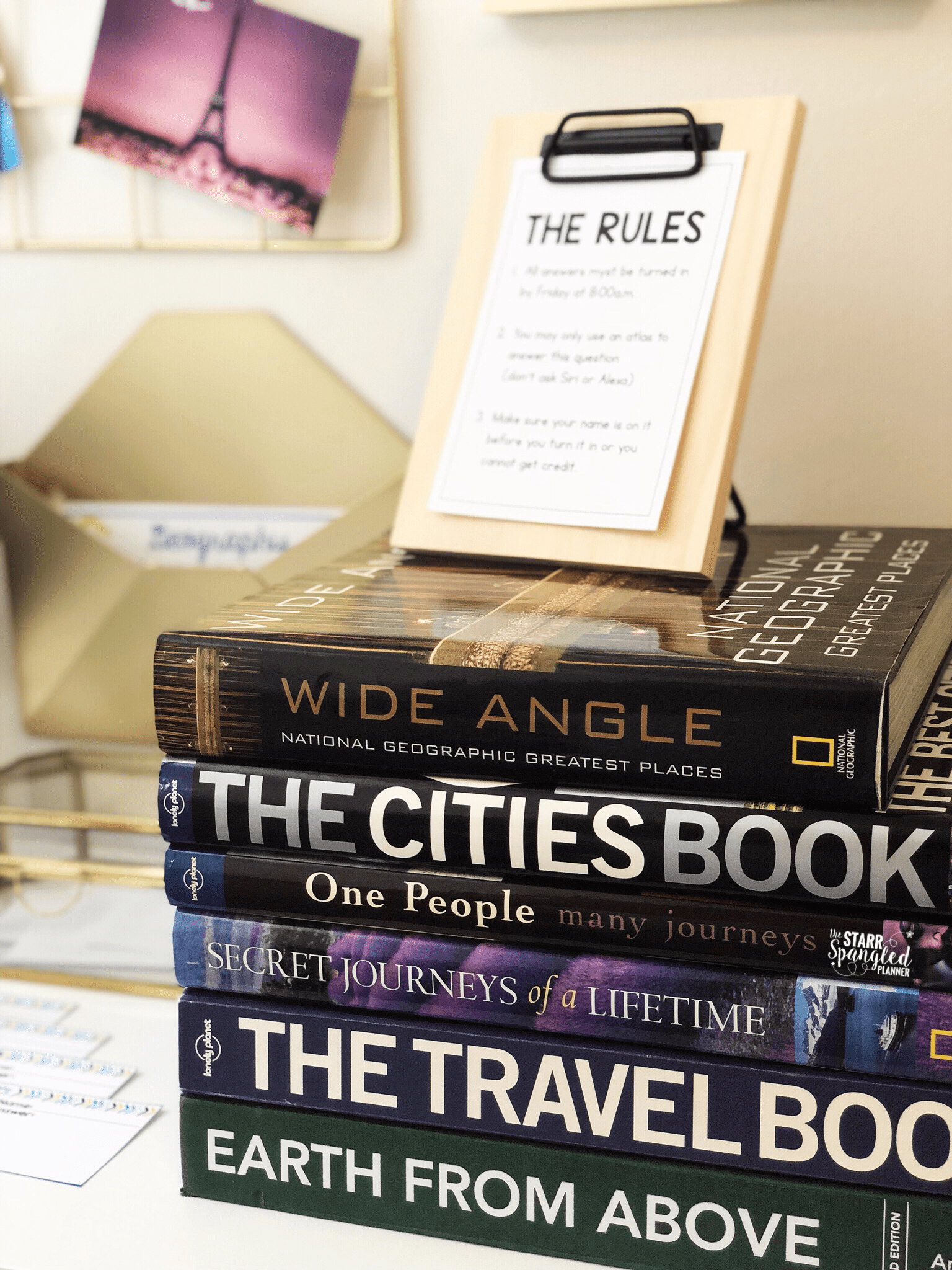
I do not give “rewards” to students who participate, but if they get the answer correct, they get to add a “Smart Thinking Marble” into our classroom marble jar. To learn more about our Bravery and Smart Thinking Marble Jar, you can read THIS POST.
I LOVE watching the collaboration, excitement, and learning that this simple activity creates. If you want to try this in your classroom and are looking for help getting started, check out my Geography Question of the Week resource HERE.
If you have any questions about this routine, or are looking for help adapting it to your classroom, leave a comment and I’ll be happy to help!
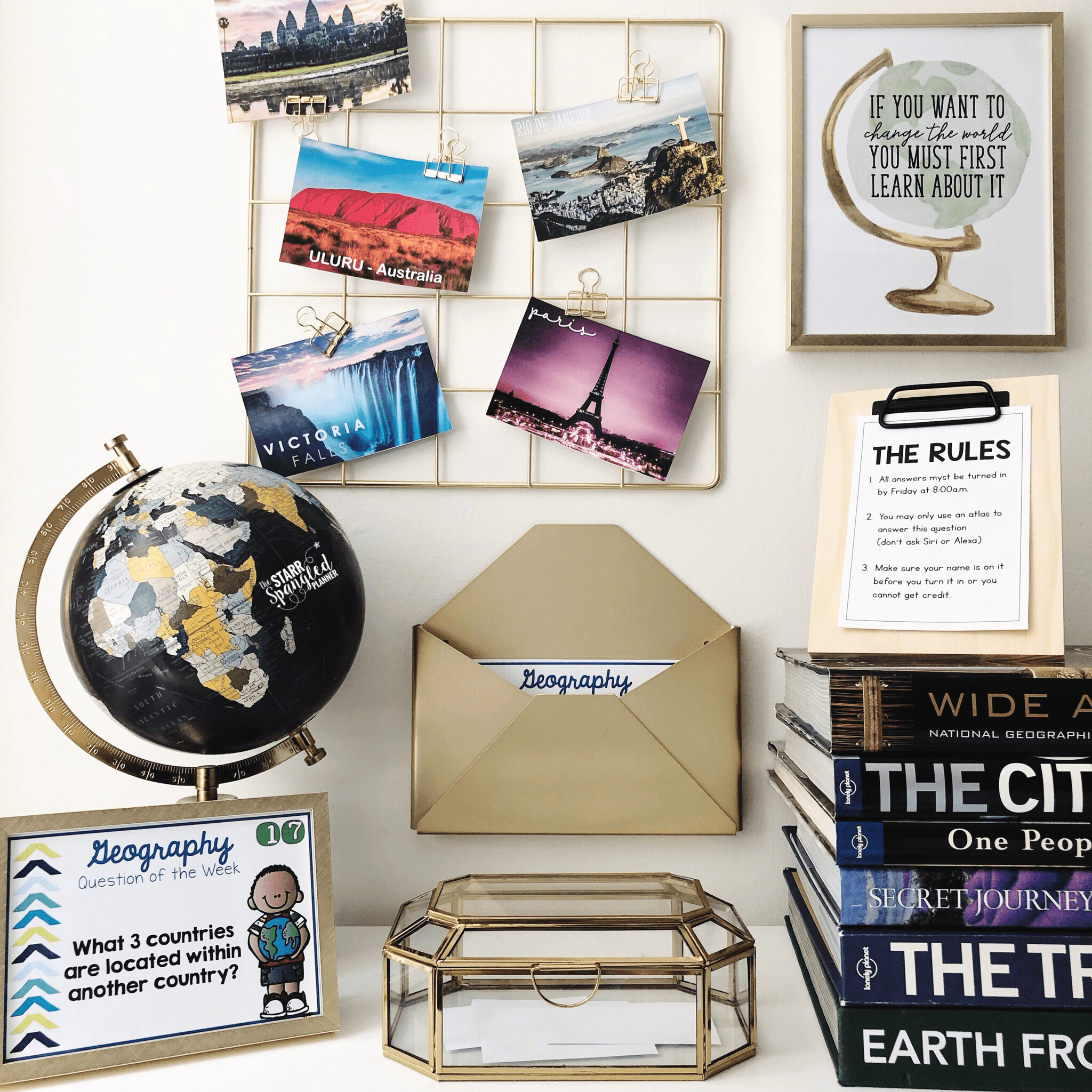

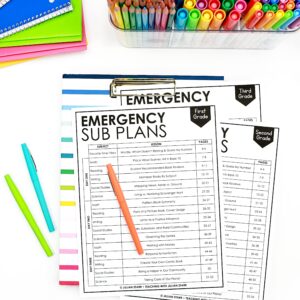


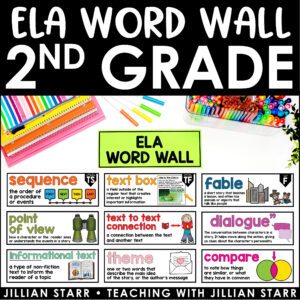




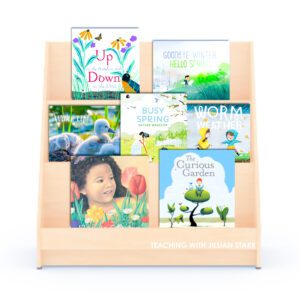


Leave a Comment